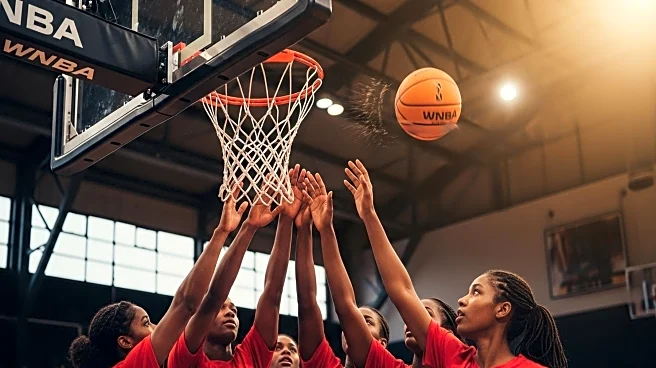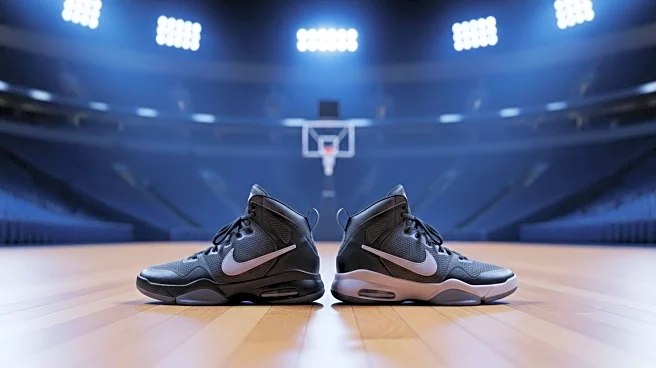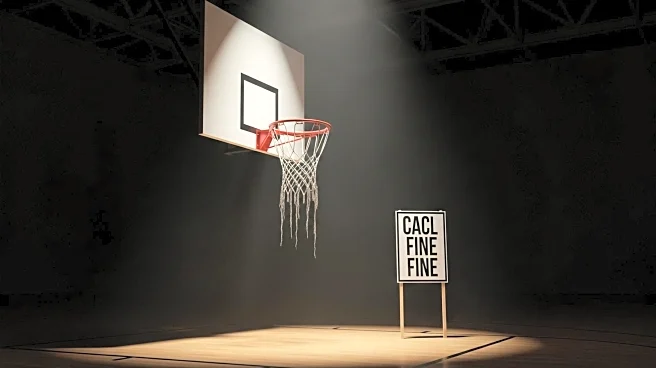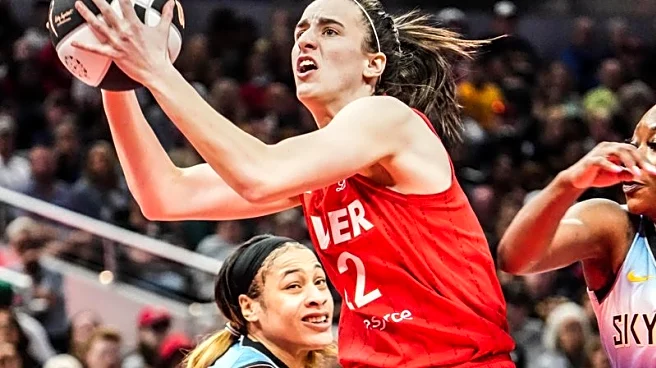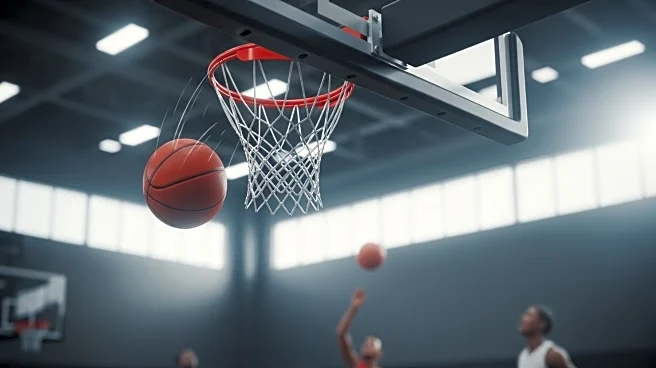What's Happening?
The Women's National Basketball Association (WNBA) is facing significant internal criticism as players express dissatisfaction with Commissioner Cathy Engelbert's leadership. This discontent comes at a critical time, with collective bargaining agreement (CBA) negotiations ongoing and the current agreement set to expire on October 31. Minnesota Lynx star Napheesa Collier publicly criticized Engelbert, accusing her of lacking accountability and failing to meet the league's needs during a period of unprecedented growth. Indiana Fever guard Sophie Cunningham echoed these sentiments, calling for comprehensive accountability within the league's leadership. Cunningham, who is recovering from a knee injury, expressed frustration with the leadership's focus and decision-making, particularly regarding revenue sharing, officiating standards, and season expansion without increasing roster sizes.
Why It's Important?
The criticism from high-profile players like Collier and Cunningham highlights growing tensions within the WNBA as it navigates a pivotal moment in its development. The league has seen increased interest and growth, making effective leadership crucial to capitalizing on these opportunities. The players' dissatisfaction could impact the ongoing CBA negotiations, potentially leading to a lockout if an agreement is not reached. This situation underscores the importance of addressing player concerns to maintain league stability and ensure continued growth. The outcome of these negotiations will have significant implications for the league's financial structure, player welfare, and overall competitiveness.
What's Next?
With the CBA set to expire soon, the WNBA and the Players' Association must work swiftly to resolve their differences. If negotiations remain stalled, a temporary extension of the current agreement might be considered to avoid a work stoppage. However, the strong public statements from players suggest that reaching a consensus may be challenging. The league's leadership will need to address the players' concerns about revenue sharing, officiating, and season structure to prevent a potential lockout. The coming weeks will be critical in determining the future direction of the WNBA and its ability to sustain its recent growth.

